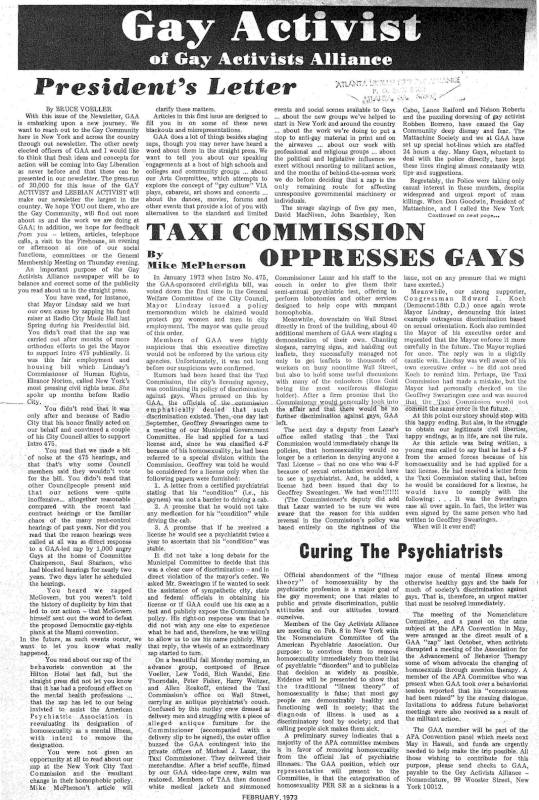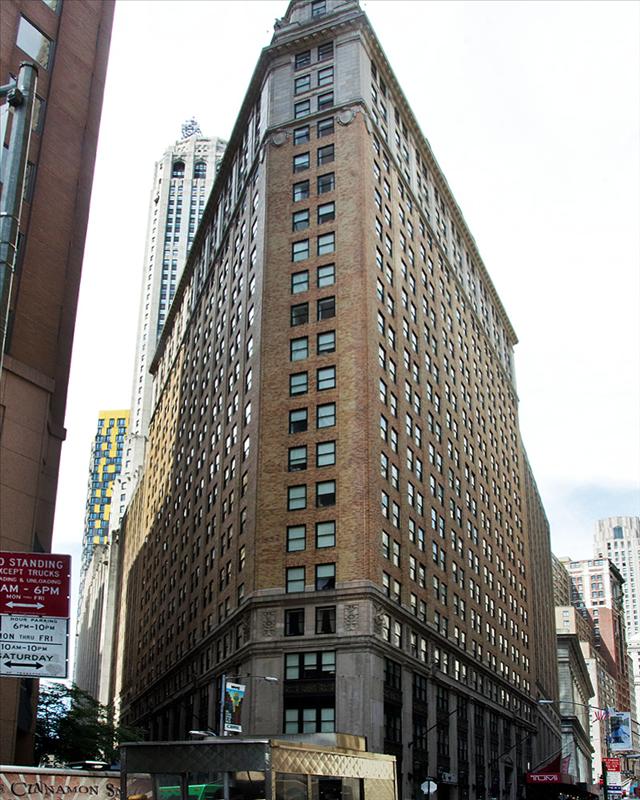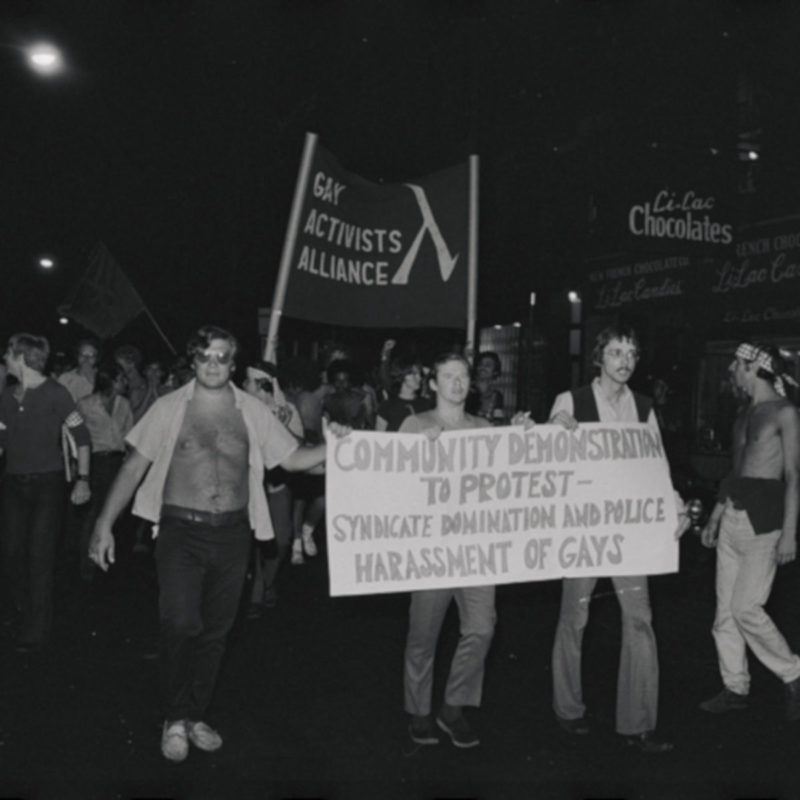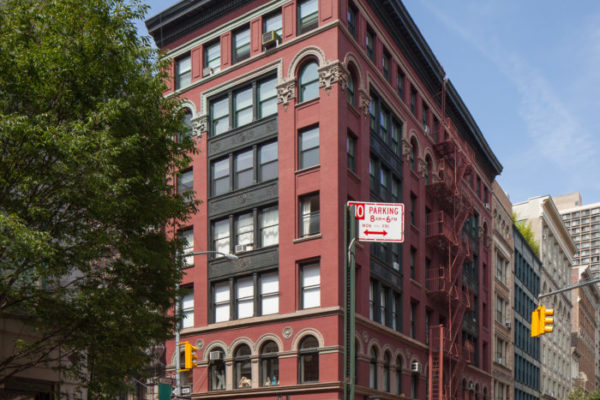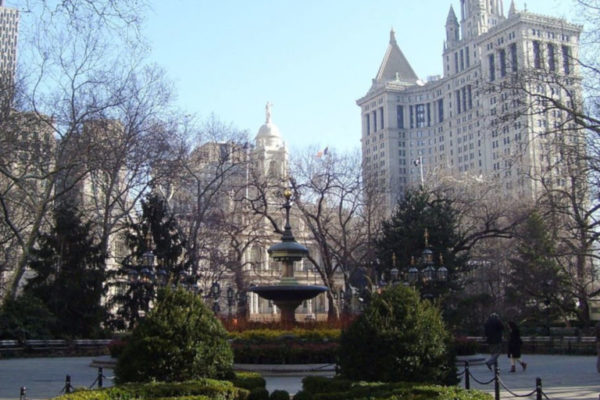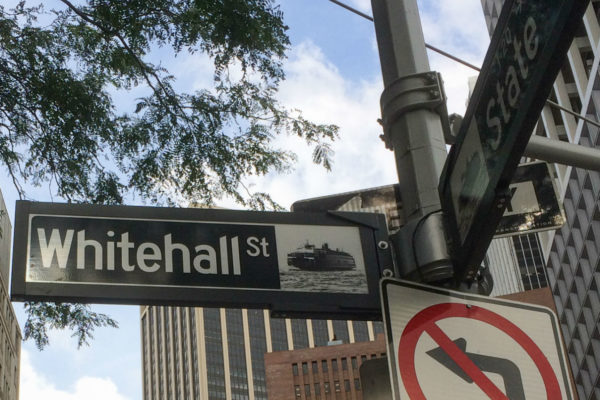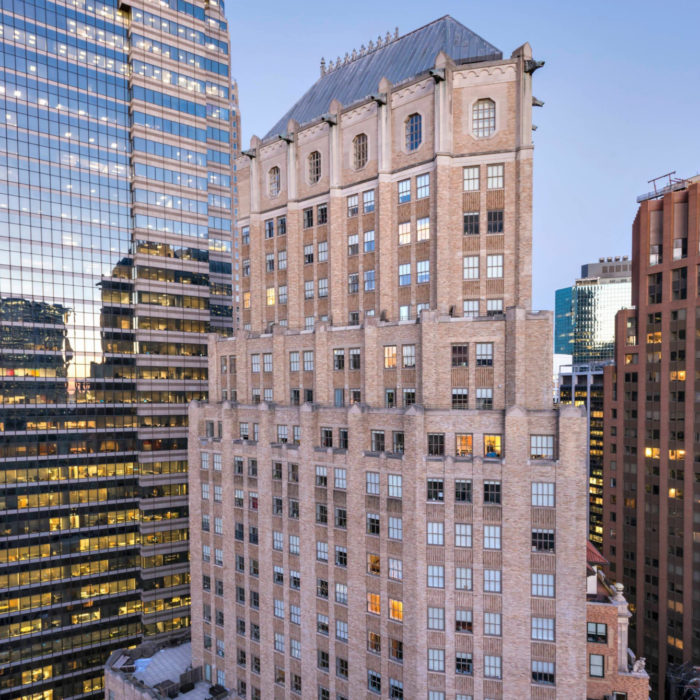
Gay Activists Alliance Zap at the New York City Taxi & Limousine Commission
overview
On September 25, 1972, the Gay Activists Alliance zapped the New York City Taxi and Limousine Commission to protest its requirement that LGBT applicants have psychiatric examinations before they could be licensed to drive a vehicle.
The requirement was dropped after the zap.
On the Map
VIEW The Full MapHistory
Mayor John V. Lindsay created the New York City Taxi and Limousine Commission (TLC) in 1971 as the agency responsible for licensing and regulating New York City’s taxi cabs and for-hire vehicles. After two years of pressure by the Gay Activists Alliance (GAA) and other LGBT groups for the mayor to take a public stance on LGBT rights issues, on February 7, 1972, Lindsay announced an administrative directive to protect LGBT city employees against discrimination in hiring and promotion. Michael J. Lazar, the TLC commissioner, however, required LGBT applicants to provide proof from a “certified psychiatrist” that they were fit to drive a vehicle. This policy was implemented after Geoffrey Swearingen on September 1, 1972, had admitted that his Selective Service status was 4-F for homosexuality, and was denied a license.
Swearingen attended a GAA meeting and reported this situation, triggering a GAA zap of the TLC offices on Wall Street (in the Munson Steamship Line Building) on September 25, 1972. (See our curated theme for background on the “zap” tactic.) GAA president Rich Wandel, Bruce Voeller, chair of GAA’s State and Federal Committee, Pete Fisher, Harry Weitzer, Lew Todd, Allen Roskoff, and Eric Thorndale, dressed as delivery men and carrying a lavender couch, managed to get past receptionists and into Lazar’s private office.
The GAA members then changed into white medical coats, and holding pads and clipboards invited the commissioner to undergo a psychiatric evaluation, offering “cures” for homosexuality such as lobotomies. Representatives from radio station WBAI and the newspapers GAY and the New York Post, accompanied the activists. Meanwhile, about 20 to 40 men and women picketed outside with signs and leaflets for two hours.
Commissioner Lazar agreed to meet with Wandel and Voeller. He claimed that the letter to Swearingen had been a clerical mistake, and that he had sent a memo to his employees indicating the agency’s non-discrimination policy. GAA received a call the next day reiterating that homosexuality would not be a criterion for denying a taxi license.
Read about other GAA actions, listed in chronological order, in our curated theme.
Entry by Jay Shockley, project director (August 2020).
NOTE: Names above in bold indicate LGBT people.
Building Information
- Architect or Builder: Kenneth M. Murchison
- Year Built: 1920-21
Sources
“City Cracks Down on Unsafe Taxis,” The New York Times, March 2, 1972.
Gay Activists Alliance, Taxi & Limousine Commission Zap press releases, September 25 and October 4, 1972.
Lillian Faderman, The Gay Revolution: the Story of the Struggle (New York: Simon & Schuster, 2015), 223-224, 691, note 57.
Mike McPherson, “Taxi Commission Oppresses Gays,” Gay Activist, February 1973.
NYC Taxi & Limousine Commission, letter to Geoffrey Swearingen, September 1, 1972.
Vicki Richman, “Activists Zap Taxi Commissioner,” GAY, October 30, 1972, 7, 10.
Do you have more information about this site?
This project is enriched by your participation! Do you have your own images of this site? Or a story to share? Would you like to suggest a different historic site?

